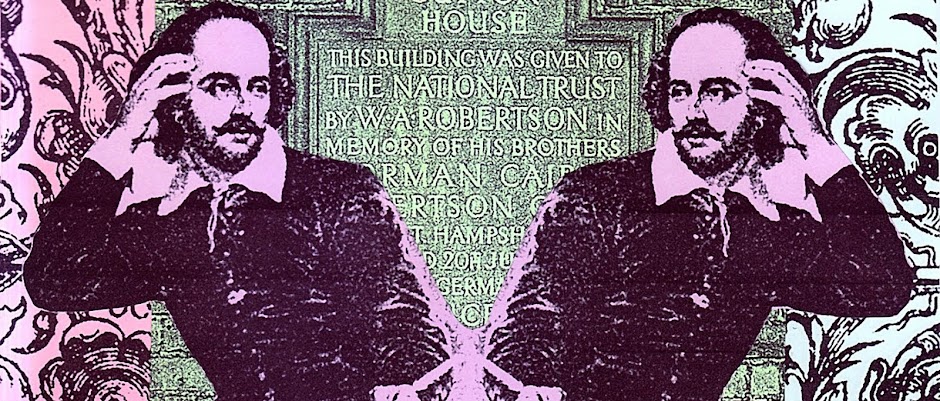 While I did not expect the project to attract the sort of vitriol in the media as the Big Brother takeover did, I've been surprised at the largely positive response so far, though perhaps more scathing comment pieces are being saved for while the tours are running. This is a controversial project, in many ways much more so than the Big Brother tours, as aside from continuing debates about what heritage is, there are issues around gentrification, and the "decanting" of those who lived there in the manner it was originally conceived by architect Ernő Goldfinger, as social housing. I'm hoping the tours will be a part of this debate, though no matter how much I might roll my eyes at the gentrification of a tower block that will soon be luxury apartments and that is currently occupied by artists, I have to accept that as a National Trust tour guide, I am part of that gentrification.
While I did not expect the project to attract the sort of vitriol in the media as the Big Brother takeover did, I've been surprised at the largely positive response so far, though perhaps more scathing comment pieces are being saved for while the tours are running. This is a controversial project, in many ways much more so than the Big Brother tours, as aside from continuing debates about what heritage is, there are issues around gentrification, and the "decanting" of those who lived there in the manner it was originally conceived by architect Ernő Goldfinger, as social housing. I'm hoping the tours will be a part of this debate, though no matter how much I might roll my eyes at the gentrification of a tower block that will soon be luxury apartments and that is currently occupied by artists, I have to accept that as a National Trust tour guide, I am part of that gentrification. That aside, I visited the tower on Friday for training and I can promise a really fascinating visit for those with tickets, the tower is filled with great stories and the view from Flat 130, which has been recreated in 1968 style by Wayne and Tilly Hemingway, is phenomenal. I hope this venture generates a healthy discussion about heritage and about what happens when a once reviled building used as social housing becomes a revered icon, at the expense of its residents, it's a very timely discussion too, and I'm really pleased to have the opportunity, and the privilege to see this beautiful building up close, and to share its stories with others.
That aside, I visited the tower on Friday for training and I can promise a really fascinating visit for those with tickets, the tower is filled with great stories and the view from Flat 130, which has been recreated in 1968 style by Wayne and Tilly Hemingway, is phenomenal. I hope this venture generates a healthy discussion about heritage and about what happens when a once reviled building used as social housing becomes a revered icon, at the expense of its residents, it's a very timely discussion too, and I'm really pleased to have the opportunity, and the privilege to see this beautiful building up close, and to share its stories with others.I'll blog more thoroughly about this once I've done the tours!
You can get tickets here (looks like they're almost gone).







